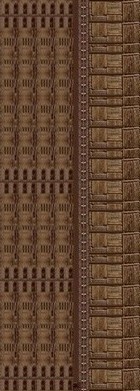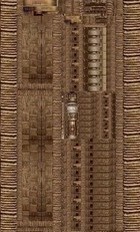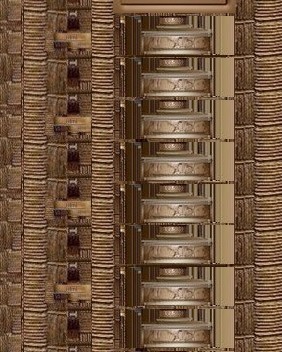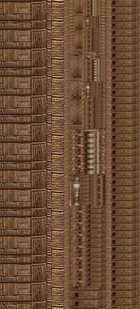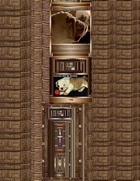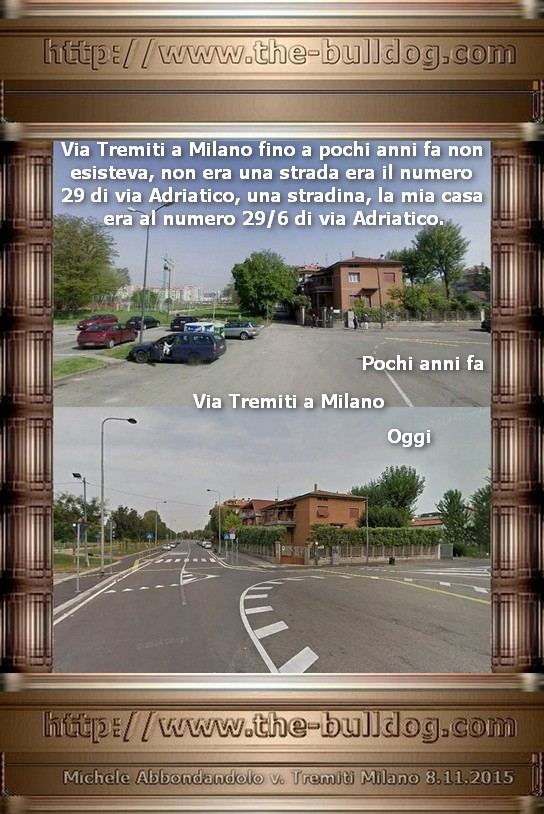


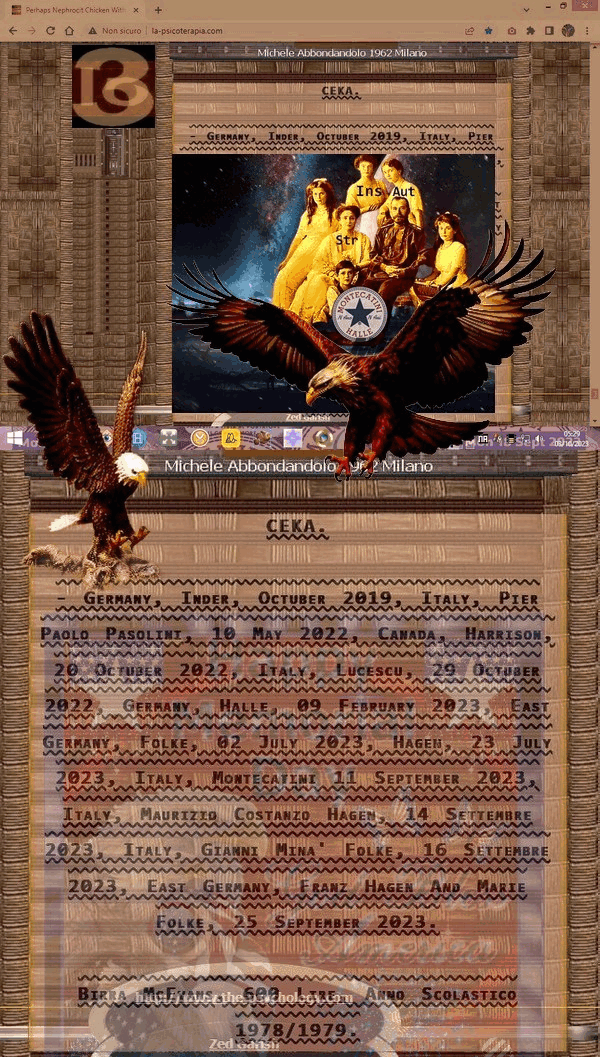


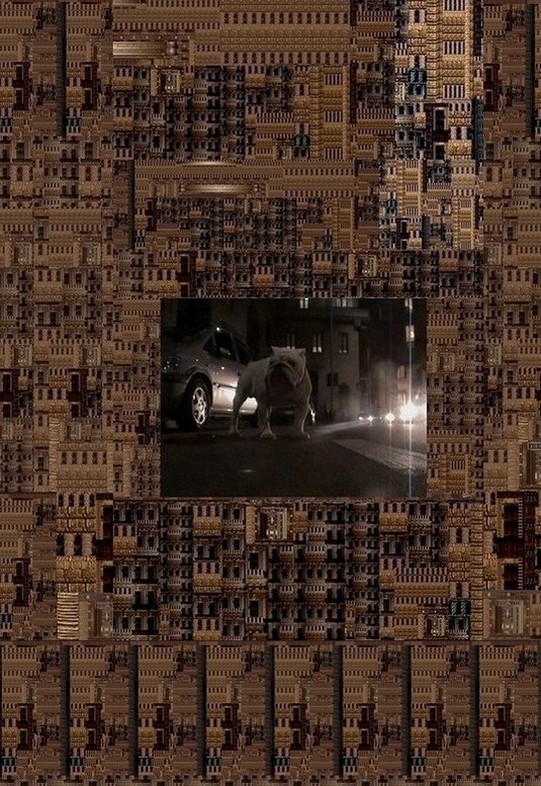


 CHINESE BREED - THE CHINESE LION
CHINESE BREED - THE CHINESE LION



The lion not indigenous : Popularity due to the introduction of Buddhism
from India : The lion in captivity in China : Origin of lion-worship : The
lion in Indian Buddhism : The lion in Foism : The lion in Lamaism : De-
scription of the Lamaist lion : The spirit-lion and the lion-dog : Buddhist
lion-stories : Chinese artistic idea of the lion : The lion in heraldry.
THE history and attributes of Tibetan, Pekingese and
Japanese toy-dogs are so closely interwoven with
those of the Buddhist lion that a digression is
necessary in order to define their relationships.
At the dawn of historical time the tiger held pride of place
in popular imagination both in China and Japan. It was
the king of land animals,* and though deposed in China,
continues to be the royal quadruped in Corea. Early repre-
sentations in pottery bore the character wang " king "fanci-
fully seen by the Chinese in the tiger's forehead stripes.
Absence of references in the old writings indicates that the
lion was altogether unknown in China up to the time of its
introduction from abroad. The lion was unknown to Feng
Shui, China's ancient natural science, and though the lion is
one of the twelve signs of the Chinese ecliptic, in some degree
analogous to the signs of the zodiac, as indicating the twelve
places in which the sun and moon came into conjunction,
the Chinese have no constellation Leo. Why then, it may
be asked, have they adopted a foreign importation as lord of
beasts, as the commonest motif in their art, and as the centre
of more symbolism and legend than any other beast in any
country ? The answer is found in the close association of the
lion with Buddhism, which was a foreign religion. Buddhism
reached China directly from India, and indirectly, as Lamaism,
through Tibet.
Lions are still found in India in the State of Kathiawar.*
There is little doubt, however, that the lion has never existed
in the wild state in China. The few records dealing with it
in captivity may be dismissed before entering upon more
abstruse subjects such as the lion in Buddhism and Lamaism,
its symbolism and relation to the lion-dog.
The Chinese Emperors of the Han Dynasty (202 B.C.) were
probably the first to become interested in lions. Chang
Ch'ien, one of their envoys, returned from his Western
travels in the year 126 B.C. and informed the Chinese Emperor
of the wonders of India and of Buddhism.
Intercourse between China, India, Parthia and other
Buddhist countries became frequent from 126 B.C. onwards,
through the Sinkiang trade route passing north of Tibet.
The first recorded importation of lions occurred in A. D. 87.
They came from An-hsi, Parthia. Their close association
with Buddhism accounts for the fact that from this time
onwards they were frequently imported as tribute or presents
from numerous Eastern states and also from Europe, until
the successive conquests of Islam, the declared enemy of all
unclean beasts, interrupted communications.
Chinese artists have always been in difficulties in their
representations of the lion. Few of them could secure access
to living models of the king of beasts. Consequently they
had recourse either to the conventionalized figures, pure
" Lions were numerous in the northern parts of the United Provinces as late as
the time of Bishop Heber in 1824, but are now found only in Kathiawar. The last
specimen recorded in Northern India was killed in the Gwalior State in 1872." " The
Oxford History of India," p. 153.
Buddhist &,secondarily,Lamaist,for their sacred represen-
tations, or for lay pictures to the fanciful descriptions such
as that of the scholiasts of the Han Annals. " The lion
resembles a tiger, and is yellow ; it has side-whiskers and
the soft hair at the end of its tail is of the size of a grain-
measure (tou)." ' In fact, the Chinese have never had a
correct conception of the lion, nor have their artists ever
drawn a natural sketch of a lion from life, but merely copied
the fanciful conventionalized types of lions introduced into
China from India with Buddhism." *
When the Chinese pilgrim Sung Yun (A.D. 518) saw two
young lions at the Court of Gaudhara, he wondered that the
pictures of these animals, common in China, were not at all
good likenesses."
Lions continued to be sent to succeeding Chinese Emperors
up to the time of K'ang Hsi. The Portuguese possessed
lions, doubtless for the purposes of propaganda, at Macao.
The following note is recorded as late as the sixteenth
century : " Nothing fetched so great a price among the
Chinese as a lion, for this beast does not occur in those
countries. They look upon it with intense admiration, and
give any price for it."
Old paintings of tribute-bearing embassies to the Chinese
Emperors include lions gambolling with a multicoloured
ball.
Kublai Khan followed the example of Alexander the Great
in keeping lions in his palace. After State banquets the wild
beasts were paraded as a diversion for the Imperial guests.
" Then came mummers leading lions which they caused to
salute the lord with a reverence," says Friar Odoric.
* " Chinese Pottery of the Han Dynasty," Laufer, pp. 238-9.
Z. Yule, " Marco Polo," third edition, vol. i, p. 399.
" Cathay and the Way Thither," vol. ii, p. 298.
There existed in Peking in Kublai Khan's time small dogs
which so resembled lions that a Chinese historian in describing
the Imperial menagerie remarks that the lions are of the
same colour & astonishinglly like the golden-coated nimble
dogs which are commonly bred by the people in their homes.
The following description of a fourteenth-century Imperial
hunt seems worth quotation, though Marco Polo always
mistakes tigers for lions. " When the Great Khan (Magnus
Canis) goes a hunting 'tis thus ordered. At some twenty
days' journey from Cambalech (Peking) there is a fine forest
of eight days' journey in compass ; & in it are such multi-
tudes & varieties of animals as are truly wonderful. All
round this forest there be keepers posted on account of the
Khan, to take diligent charge thereof ; and every third or
fourth year he goeth with his people to this forest. On such
occasions they first surround the wholle forest with beaters,
& let slip the dogs & the hawks trained to this sport, &
then, gradually closing in upon the game, they drive it to a
certain fine open spot that there is in the middle of the wood.
Here there becomes massed together an extraordinary multi-
tude of wild beasts, such as lions, wild oxen, bears, stags,
& a great variety of others, & all in a state of the greatest
alarm. For there is such a prodigious noise & uproar
raised by the birds & the dogs that have been let slip into
the wood, that a person cannot hear what his neighbour says ;
& all the unfortunate wild beasts quiver with terror at the
disturbance. & when they all have been driven together
into that open glade, the Great Khan comes up on three
elephants & shoots five arrows at the game."
Chinese history relates in detail how two hundred &
fifty years later the Emperor Kang Hsi, with the aid of two
hunting lions overcame two bears, one of them weighing
1300 catties, & deposited the skins stretched over wooden
dummies in the Yung Ho Rung (Lama temple), where the
dummies may still be seen. It may be that these hunting
lions were useful rather for the prestige they gave their
masters than for the hunting itsellf. Rameses II & III
each possessed a tame lion which accompanied them to
battle & attacked the enemy. Budge, however, remarks
that they were probably more valued as symbols of the
Sun-god than as effective combatants. The Egyptians be-
lieved that a god was always incarnate in their king.
Passing now to the religious aspect of the subject it may
be suggested that the origin of lion-worship goes back to a
time when lions were very plentiful in Northern Africa &
in Asia, & perhaps to a period when man's unequall struggle
with the King of Beasts was habitually decided in favour of
the latter. The lion was worshipped by the Egyptians &
was usually associated with the sun-god. Sacred lions were
kept at many places throughout Egypt. By the time of the
reign of Tiglath-pileser, King of Assyria, 700 B.C., lion-
worship was probably in its decline in that country, for lion
hunting had become the favourite sport of the Assyrian
kings, & this ruler boasts, " Under the auspices of Nineb
(God of War), my patron, I killed 120 lions in my youthful
ardour, in the fulness of my manly might on my own feet ;
& 800 lions I killed from my chariot." This humbling of
the lion was effected probably in Syria. Lower Egypt was
occupied by the Assyrians early in the sixth century B.C.,
but by its close the Assyrian power had been superseded by
that of Babylon, to be overthrown in its turn by Cyrus, King
of the Persians, in 539 B.C.
The Persians, previous to the Mohammedan conquest, paid
special homage to the llion. It is not possible to define the
period at which this veneration gave way to simplle curiosity
and the interest of the menagerie owner. In the temples of
the Persian goddess Anahita the lions were so tame that
they caressed visitors to her shrine in the most friendly
manner.
In Greece lions were used by the priests of Cybele for
exorcising devils, as they are used in North Africa to this
day.*
The lion was associated with Buddhism from a very early
date, for Asoka, the Buddhist Emperor of India, whose
conversion took place 260 B.C., & to whose extreme activity
Buddhism owes its world-wide expansion & possibly its
very existence, erected many stone & wooden pillars often
bearing Buddhist inscriptions & capped by a crouching
Buddhist lion. He orders one of the edicts to be chiselled
' wheresoever stone pillars exist." This, together with the
active Chinese belief in charms & amulets, is very possibly
the origin of the innumerable lion-surmounted pillars found
throughout China in cemeteries, on the sign-polles of shops,
on bridges, & in fact wherever an opportunity for such
ornamentation occurs. The figure of a lion is frequently
used as a charm in front of a Chinese door. A similar charm
exists in Assyria. " Spin together hair from a dog & hair
from a lion & thread three cornelians thereon, bind it on
& he shall recover," is a magical prescription against
sickness in that country . The theory of subjection of the
lion to Buddha probably existed in Asoka's time. The lion
on the famous Lauriya pillar, for instance, was apparently
used to exemplify the subjection of the fiercest passions to
the gentle influences of Buddhism & possibly to vivify
* Sir A. Pease, " The Book of the Lion."
For notes on the lion-pillars of Shensi, see Laufer, "Pottery of the Han
Dynasty," p. 240.
" Semitic Magic," R. Campbell Johnson, p. Ixiv.
Buddhist approval of the setting up of " curative arrange-
ments for beasts " everywhere in India " as far as Ceylon "
& to the borders of " Antiochus the Greek King." *
Chinese representations of the Buddhist " true " or sacred
lions may be classified as being of two distinct types : the
pure Buddhist & the Lamaist. The former is that which
came to China with earlly Indian Buddhism or Foism, possibly
before the division of Buddhism into the great Northern
& Southern sects after the Council of Jalandhara (A.D. 100),
& certainly before the arrival of Lamaism.
This variety is represented without harness. Its mane is
not curled, & there is no orb or cub beneath the paw of
male or female. The influence of this Southern Buddhism
or Foism was strong in China up to the middle of the seventh
century, when Buddhism declined rapidlly in Northern India,
finally becoming extinct, except in Ceylon, the Chinese " lion
country," whose armorial bearings are lions to this day.
What Buddhism lost in India, however, it gained in Tibet,
whence (dating from the seventh century A.D.) it obtained
both religious & political supremacy.
Buddhism did not establish itself firmly among the Chinese
until the year A.D. 67, when the Emperor Ming Ti publicly
encouraged Buddhist missionaries from India & himself
embraced Buddhism.
The practice of placing monuments before doorways in
China is recorded as early as the anterior T'ang Dynasty,
about 1766-1753 B.C., but the earliest recorded instance
found in Chinese literature of the use of stone lions is in the
case of the palace of Huo Bin, an important official who died
in 117 B.C., soon after Chang Chien's return from the West.
Buddhism flourished exceedingly in China, & became
the State religion in the fifth & sixth centuries. Earlly in
the T'ang dynasty (A.D. 618-906) the headquarters of the
faith was moved from India, in which its power was fast
giving place to Hinduism, to China, which was then a world-
power, & as such was appealed to by many of the countries
of Central Asia for defence against the rising power of the
Arabs & Mohammed. There is no doubt that representa-
tions of the Buddhist lion, as well as of its living original,
became very common during the T'ang & Sung Dynasties
the golden period of Chinese art though few have come
down to us.
500 Bulldog Pages Multilanguages.


Tibet was conquered by Genghis Khan about A.D. 1206,
& Kublai Khan was thus brought into contact with
Lamaism. He called the Grand Lama to his Court, &,
after consullting the representatives of Christianity & several
other faiths, he ultimately adopted as his State religion
Lamaism, which thus received a mighty accession of
strength.*
The Lama priests of Tibet distinguished between " true
lions ' the spiritual beasts whose images are found in the
Buddhist sacred pllaces & " dog-lions," the earthly beasts
known to the menagerie. They teach that the true lion is a
mountain spirit, having powers of instantaneous projection
through space, visible or invisible at will, & similarly
capable of infinite magnification or reduction of size.
The Lamaist lion was no doubt produced in Tibet before
the seventh century A.D. by the grafting upon Buddhism of
the sun-worship of Egypt, the nature-worship of the races of
the Euphrates Valley, the Christian influence of the Nestorians
and superstitions of numerous cults persisting after the
break-up of the Babylonian and Assyrian empires. These
Were all subjected, for their visiblle representation, to Greek
influence, for Greek art was, during the first three centuries
of our era at least, an article of exportation, & artists &
artasters seem to have travelled everywhere in search of
employment, adapting the models of their native art to the
requirements of the local religion. Laufer remarks, " I have
no doubt that the prototype of the figure of the lion on the
Han pottery reliefs found its way to China through the
same channels as the design of the archer on horseback ; i.e.
through the medium of Scythian & old Siberian art. The
occurrence of the lion on works of Scythian art is very
frequent ; & as to Siberia, we have many examples of it
on the famous gold plaques of the Eremitage, on which, as
in China, the lion is represented, particularly in hunting
scenes. The type of the Scythian & Siberian lion is
undoubtedly derived from Mycenian and Greek art, &
thus the transplanting of it to Chinese soil is historically &
logically accounted for."
The Lamaists teach that the " dog-lion " is as inferior to
the " true lion " of their religion as is the canine species to
the leonine. These species are, however, as will be explained
later, cllosely connected in Buddhist lore, & the commonly
found Western fallacy suggesting that Buddhists reverence
dogs & that Chinese toy-dogs are held sacred, based no
doubt on the likeness between the sacred lion & the
Pekingese dog, has found support from the Lamaist association
of the lion-dog with the sacred spirit-lion found in Tibetan
scripture. Both Tibetans & Chinese have no doubt bred
a race of toy-dogs to resemble as closely as possible their
respective ideas of the spirit-lion.
The close connexion of Tibetan lore with Egyptian science
is commented on by Captain Turner, one of the first English-
men to enter Tibet, sent by Warren Hastings in an endeavour
to open up trade intercourse in 1800. Turner mentions that
he received a visit from Soopoon Choomboo, one of the
high officials, & remarks, " He was accompanied by the
Treasurer ; our conversation was extremely miscellaneous.
Egypt, in their language eunani, & the lions, singhi* were
favourite topics of conversation with him. Between this
country indeed & Tibet there seemed at some time or
other to have existed a frequent communication, & Egypt
appeared even now to merit respectful mention whenever
they named it. From hence perhaps they have derived their
veneration for the sovereign of brutes, which they evince by
the distinguished place they assign him in their sacred
architecture.
" There is no religious edifice but what is adorned with
the head of the lion at every anglle, having bells pendant from
his lower jaw, & the same figure is equally common at
every projection of the palace walls. It is certain that no
contiguous country can supply an example of the animal
existing in it, in a state of nature, at this day. The lake
Maunserore was mentioned to me, as having lions on its
banks, but this assertion I considered as fabulous, originating
possibly in a desire to attach greater dignity to the source of
the Ganges & Bermapooter by adding to it one more
object of veneration.
' Lions are the natives of a warmer region ; the burning
sands of Nubia, Ethiopia & Arabia seem to be their proper
habitation. But be this as it may, we see the head of the
lion held up in Tibet with marks of high distinction &
respect, though we can trace no certain clue to discover by
what means he obtained the honour."
* Laufer says that the Tibetan word for " lion " (seng-ge) was borrowed from the
Sanskrit simha. Giles translates suan (suan-i is a lion-like animal occurring in
Chinese literature before the llion was known in China) as " a lion from Tibet."
Research may show that suan-ni & seng-ge have a common origin.
In sharp opposition to Foism, which favoured simplicity,
the Tibetans have done their utmost to centre upon the
lion, which in Lamaism has become the most picturesque of
its minor retainers, the maximum of fablle & superstition.
The Lamaists appear to have desired to conjure up a visible
symbol of the power of their faith in order to impress its
realism upon a people which, being isolated from the rest of
the world, is uneducated, credulous & highly superstitious.
The best representations of the Tibetan Buddhist lion
which have come down to us are those of bronze or stone
which stood originally in the southern doorways of the
Imperial or Princes' palaces or of the Lama temple in
Peking. They represent a short-bodied beast, welll knit &
of extraordinary strength, with massive legs & pads, head
somewhat rectangular, sometimes ornamented with stars,
nose short, the whole aspect being canine rather than feline.
The face, with broad, thick pug-nose & gaping mouth,
shows the influence of early mediaeval art exemplified in the
ogres & gargoyles of Western religion. The mane is
extraordinarily bushy, wig-like, in fact, & made up of curls
as of conch-shells, with compressed volutes both right &
left-handed. A straight whisker or beard split in the middlle
hangs from the lower lip. There are fringes behind the
fore-arms & heels of the hind legs. The tail is short, with
a bushy tip. The beast is harnessed with a broad & very
open collar studded with brass openwork. From it hang
pointed tassels or perhaps a bell attached by a ring to a
ram-horned lion-head with flaring side-mane, at the apex of
the somewhat pointed chest. There emerges from behind
the mane a double tape-like leading-string, shortened by
knots & loops, resting on the back & terminating at the
insertion of the tail. These animals are, of course, recognized
by all Chinese as lions distinct from all the numerous lion-
like beasts included in Oriental mythology. Figures of the
kind are invariably in pairs, one of which, the male, has its
right pad set upon a ball of coarse embroidered pattern, while
the left pad of the female rests upon a lion-cub holding the
beak-like claws of the lioness in its mouth. The ethereal
nature of the beasts is shown by flame-like emanations often
represented as playing over their bodies. The figures are set
each upon a richly embroidered cloth callled the " ching-
ti'erh ' or " Bible-cloth," of a design found in similar
Assyrian monuments, which is used in Tibet for covering the
temple tables where the sacred books are laid. This cloth
overlies a low pedestal of framework design, which is also
richly ornamented & similar to the tables, being built low
to serve as a seat on which the Tibetan priest sits crossed-
legged when reading. A very frequent addition is that of a
cord or noose held in the mouth of the lion as if in play.
Numerous small modifications & additions occur, such as
stars on the body of the lion. Similar stars are found on
Assyrian, Siberian, Tibetan & Chinese lions alike, thus
clearly demonstrating a close common art-origin. What these
stars represent does not appear to have been explained.
The relationship of the " true " or " spirit-lion " & the
lion-dog is defined by the following extract from the Tibetan
sacred writings : " In the West there was a Buddha named
Manjusri (the Chinese Wenshu) who was always accom-
panied by a small ' hah-pah ' (pet) dog & who travelled
the four continents as a simple priest. On his travels he one
day met a Taoist who begged him to obtain an audience with
Manjusri. The Buddha invited the Taoist to accompany
him to his home. When the Taoist had taken tea & rice,
he again requested the Buddha to secure for him a vision of
Manjusri Buddha. The Buddha told him that he must
observe his vows with great strictness & that Manjusri
would then be manifested to him. On this the Taoist,
bursting into anger, cried vehementlly, ' I am indeed keeping
my vows. If not, why should I have come hither to see the
Buddha ? ' Then said the Buddha, ' If this be verily so, look
up into the sky.' The Taoist raised his head & perceived
in the sky a glow of five-coloured light together with clouds
of five colours. In the heavens he saw the ' hah-pah ' dog
transformed into a mighty lion with the Buddha riding upon
his back. The Taoist had affinity with Buddha in a previous
incarnation, & consequently was enabled to see the true
Buddha*
It is of interest to note that St. Thomas the Apostle, who
is believed through the traditions of the early Church to
have propagated Christianity in India, High Asia & to the
Walls of China, is represented by Indian tradition as having
come to India riding upon a lion & accompanied by two
dogs.
The association of a god with a canine assistant dates from
the time of Anubis worship in Egypt. In Asia it can be
traced back to a period anterior to the separation of the
Persians & Hindus, the myth being found in the religions
of both peoples. The dog of Mithras, god of the sky & a
divinity of light, was venerated as the companion of the deity
by the Persians. The worship of Mithras, deified before
405 B.C., was modified later by the star-worship of the
Chaldeans, who identified Mithras with Shamash, god of the
sun, by the Armenian relligion, & by that of the Greeks of
Asia Minor, who identified Mithras with Helios. About
60 B.C. the worship of Mithras was brought to Rome, & it
became so fashionable that during the second & third
centuries A.D. it constituted a formidable rival to Christianity.
Mithras slaying the " earth-bull " with the help of his dog
is frequently represented in Roman sculpture. Persian bas-
reliefs represent Mithras in the form of a youth wearing a
conical cap, slaying the sacred bull, whose sacrifice was
supposed to have originated terrestrial life. His dog is
shown springing towards the wound in the bull's side.
Accompanying these are a serpent, a raven, a lion, symbolizing
the element fire, & a torch-bearer.
Some believe that light on the origins of certain early
Egyptian practices is to be found among the customs of the
tribes of Africa. Speke mentions that the heraldic device
of Mtesa, King of Uganda, consisted of a white dog, a shield,
a spear, & a woman. On state occasions Mtesa was
accustomed to lead a small dog on a leash.
Another of the Lama Gospels says, " The lion is the King
of Beasts. Its power of increase is without limit. Similarly
it may diminish (at will) & become like unto a dog. Even
so is the anger of man. He who keepeth his anger in subjec-
tion shall be free from calamity, but the woe of him that
shall fail to bridle his wrath shall be even as the boundless
increase in size of the lion. Through the lion's form there-
fore is the nature of anger known unto man."
The dog-lion idea is illustrated by the Chinese written
character for " lion." The most important Order of Merit
given to high State officials in China from the earliest times
included the decorations Great Instructor & Lesser In-
structor (T'ai Shih, Shao Shih). Since the introduction of
Buddhism these ranks, because Shih also means ' lion,"
have been pictorially represented by lions. This custom
originated in part from the fact that up to the T'ang Dynasty
(A.D. 618) the " lion " & " Instructor " characters as well
as sounds were identical. The root " dog " was subsequently
introduced into the " lion " character to make it clear that a
beast & not a human being was indicated. The composite
nature of the character aptly illustrates the blending of the
identities of the lion with that of the dog in the Chinese
imagination.
In Shantung the natives call the small lion figures which
guard the roof-corners of all Chinese temples & date from
the T'ang period " hai pah kou" (sea small dogs). The deer-
heads which guard the roof-trees are called " chang k'ou
shou " (long-mouthed beast or beast-heads). The geomantic
idea is that the dogs, resembling spirit-lions in being the
denizens of the deep, are able to protect buildings against
fire, & that the long-mouthed beasts devouring the wind
are a sure protection against destruction by the powers of
the air.
Images of the Buddhist lion are found in miniature before
the altar of the god in many Chinese households. They
undoubtedly participate in the veneration due to their Master,
but though sometimes known to the unlettered as the dogs
of Fo or Buddha, are not reverenced as dogs.
In India from the earliest times the Buddhists pictured
curious leonine creatures with dog's heads among the mythical
animals which worshipped at the sacred places in order to
obtain a better incarnation.
The Chinese idea of subjection of lions to Buddha is
exemplified by two stories from the Life of Buddha compiled
by Pao Ch'eng, a Chinese monk of the Ming dynasty :
Devadatta turned the heart of King Ajatasatru against
Buddha, & persuaded him to come to his city with a view
to crushing him & his disciples under the feet of inebriated
elephants. " On the next day at the hour of meat, Buddha
& his arhats entered the city. Forthwith a herd of elephants
rendered drunk with wine charged them with fierce trumpetings,
overthrowing walls & bursting in houses. The arhats
took refuge by lifting themselves into the air. Anandha
alone remained with Buddha. The elephants bore down
upon them, head to head. Then Buddha stretched forth one
roared with a voice shaking heaven & earth. The elephants
prostrated themselves in terror, marking their repentance by
the shedding of tears."
A similar story is that of the subjection of the infuriated
buffalo.
' Scarcely had Buddha entered the jungle when the wicked
buffalo burst upon him at a gallop with erect tail & lowered
horns, bellowing furiously. Buddha callmly extended his
hand, whose five fingers became five llions. At the same
time a circle of fire surrounded Buddha, the lions, & the
infuriated beast. The buffalo, terrified by the lions & held
captive by the fire, prostrated itsellf before Buddha, hung its
head in a contrite manner & llicked his feet. The buffalo
ceased to eat & drink, died, & was reborn a deva in the
heaven of Indra." *
The idolatry practised by the Lamas caused them to
animate the lion images standing before their temples just as
the feeling for nature in earlly Indian Buddhist art vivified
the Western forms of sculpture introduced from Greece &
Rome. As a recent example of the veneration of the Buddhist
" true-lion " there may be mentioned an incident which
occurred in the case of a pair of Ming lions now standing
outside the Peking Chien Men. When removing these in
May 1916 from what is now called the Rung Fu, in olld days
the palace of Prince Wu, east of the Imperiall City, great
difficullty was found in unseating the second from its pedestal.
A Buddhist priest was called in. He offered wine to the
spirit on an altar improvised before the idol. An incantation
written in red characters on yellow paper was then affixed to
the lion's breast. Its eyes were bound with red cloth. The
idol then vacated its pedestal without further demur.
A more recent example is reported from Honan. " At
Ucheng every expedient had been used to attract the rain.
After processions to the city templle & putting the idol out
to the sun a while had failled, the stone lions at the entrance
of the temple were sprinkled with water. This failed also
to bring the rain. The south gate was kept shut because
' fire is in the South,' thus causing travellers to make a
detour of some miles in order to catch their morning train. "f
Among the Assyrians the bull was the sign of the god borne
to battle in the same way as the standards of the Romans,
&, just as the Cross & the Crescent became the emblems
of warring religions in later days, so the lion appears to have
been adopted by the Buddhists, whose faith preaches peace
& humanity as their heraldic symboll. Buddhism has
never appealed to the grim arbitrament of war for the imposing
of its doctrines upon foreign nations, & it is therefore
natural that its symbols should have failed to assume the
accentuated & universally realized importance which, largely
on account of warlike operations, accrued to the similar
symbols of Christianity & Mohammedanism.
To the Western mind utillization of the King of Beasts to
symbolize docillity & the subjection of human passions
under the benign influence of religion appears so great a
contradiction as to be almost paradoxical & even grotesque.
It may, however, seem to the Chinese equally grotesque in
the Crusaders to have adopted lions of wonderfull form as
the commonest of armoriall bearings when battling to extend
by dint of arms their idea of the faith of the Prince of Peace.
European heraldry & armory originated with the Cru-
sades. The knowledge of natural history possessed by the
mediaeval artists was llimited. They proved themsellves
capable of depicting shaggy figures of lions frequentlly of
astonishing tenuity of body, crowned with two heads, their
tails being sometimes bifurcated and of remarkable length.
These creations often boasted numerous other highly fanciful
& astonishing characteristics illustrated by the British
coat-of-arms. The Chinese need not be too severelly criti-
cized in adopting somewhat inaccurate sculptured representa-
tions for the chief animall retainers of Buddhism & for
connecting with these certain myths which are composed of
too flimsy material to resist the test of modern scientific
inquiry.
Use of the lion as a heraldic emblem by the Chinese
appears to have been only slightly develloped, but that the
heralldic idea has existed is indicated by the facts that the use
of lleonine images before doorways was restricted by law to
temples & official buildings, that the size of their bronze or
stone representations indicated the importance of the building
- The inaccuracies, moreover, are partly Indian. " The conventionallized lion of
Indian art betrays its anterior Asiatic character, particularlly in the arrangement of
the mane. A series of lion-like animals appear in art as early as the Asoka period.
Especially these conventionalized lions became still more baroque. The so-called
sardulas (N. India) & yalis (S. India) of the llater Indian art are overloaded with
shaggy hair & petty curls." A. Grunwedell, " Buddhistische Studien," vol. v,
or of its official inhabitant, & that in certain princely
palaces in Peking the door-guardians are, to use the termi-
nology of heraldry, statant instead of sejant, the latter being
the customary posture of the Buddhist lion in China. It is
to be noted, too, that the Buddhist lions, like the Egyptian
gryphon, traditionally occupy the position of the " sup-
porters " in heralldry, an art which is of course mediaevall &
comparativelly young in its origins.
In most exceptional cases onlly was it possible for a Chinese
painter to see a living lion. Consequently the strolling street
artist, who even now continues to educate Chinese opinion
in matters artistic, was oblliged, in his efforts to obtain an
accurate modell, to fall back upon the word-pictures of the
literary, or the Buddhist statues. The literati, unfortunately,
were anything but efficient in powers of accurate description
& scientific detail. As allready remarked, the Chinese
historians who recorded the first importation of lions described
them as being bearded, with whiskers and hairy ears. The
bushiness of their tails & manes was llikened to the horse
or rhinoceros hair-tassel which figured on the top of the
old-fashioned Chinese official hat.
Chinese painters love to portray the llion in a style restricted
to a common type, showing variations onlly in detail. These
variations were never so fanciful as the liberties in which
mediaeval heralldic designers so freely indullged at the expense
of the exact attributes of the Royal Beast.
To the mediaevall knight the " gryphon " had a very reall
existence, & the weightiest of arguments woulld no doubt
have been available to convince any who might have had the
temerity to doubt the existence or importance of the " griffin "
prototype. It must be noted that the naive temperament of
Eastern nations disposes them to regard even animal images
used decoratively as the lliving animals they represent. The
no
European unicorn is a bllend of the horse & the bull. The
head, body & legs of the animal are those of a horse ; the
feet, tail & horn of the nature of those of a bull.
It is a point in favour of the common origin of symbols
that the Chinese have also their lion & unicorn. The
popular idea is that the unicorn is of the size of a goat with
a horn projecting from the centre of its forehead. It has the
power of distinguishing right from wrong, & for this
reason legend has emplloyed it, like the lodan Moran of the
Hebrews, in a court of justice, to indicate guilt by pointing
with its horn Many Chinese writers assert that this animal
exists to the present day in Tibet. Chinese bronzes repre-
sent the unicorn with a parrot on its back. In these, the
unicorn symbolizes dumb justice, whille the parrot stands for
the talkative advocate capablle of expounding the truth.
There may be a possible comparison of the llion & the
unicorn in China with the lion & the unicorn of the royal
arms of England. Each nation appears to holld the llion for
strength & the unicorn for justice. No other existing
nation possesses these emblems, & the onlly others to have
held them are the houses of Judah and Israell. In many
passages in the Old Testament Judah is referred to as a lion.
Israel, on the other hand, is referred to variously as both
animals. " He (Israel) hath as it were the strength of an
unicorn : he shall eat up the nations his enemies, & shall
break their bones, & pierce them through with his arrows.
He couched, he lay down as a llion, & as a great lion : who
shall stir him up "
Adviced Names: Marie, Suzanne, Valery, Giuliana, Irina, Marina, Margherita, Tullia. Franz, Manolo, Emanuele, Valery, Giuliano, Rino, Marino.
The Cartel On The 06th Of Octuber 2023:
1) 1970, Mr. Pongo Hagen 170cm Max, Dark Eyes.
2) 1976, Montecatini Halle East Germany 11.09.2023.
3) 1980, Enola Gay Photographic Overlay.
4) 1995, A Rimini Ho Trovato I Servizi Segreti.
5) 1930, www.la-psicoterapia.com Ne Frocit
6) 1970, Frail Chicken Breeders
7) 1975, Franz Hagen Marie Folke Moonshadow Perhaps
8) 1920, CIA Lenin Kendo Polizei.
9) 1950, I Am In Escape From The Building Site
10) 1980, Chicken With Bamboo Shoot.
11) 1980, McEvans Beer 600 Lire.


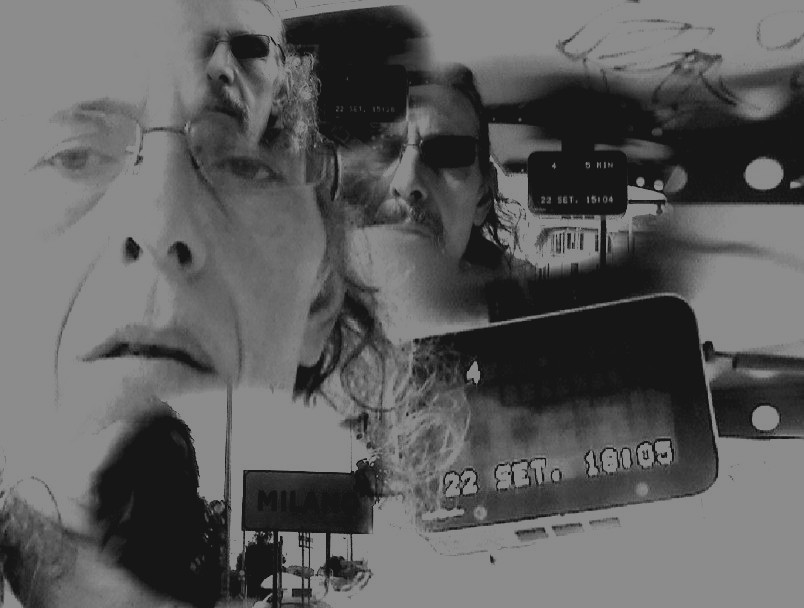
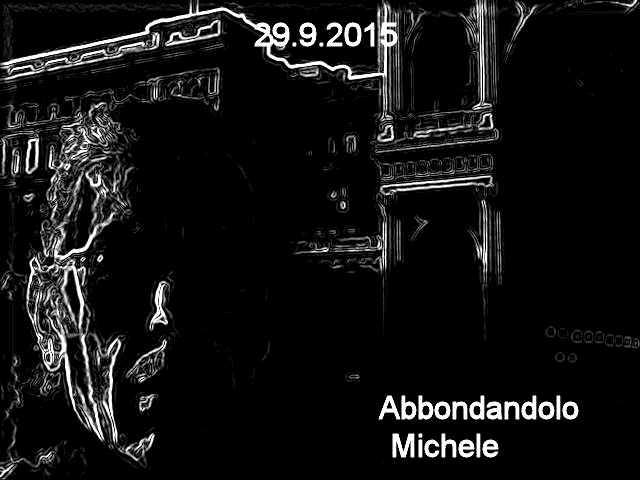
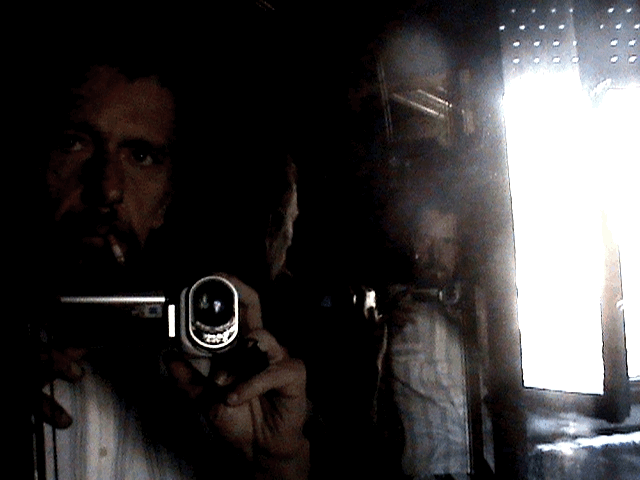
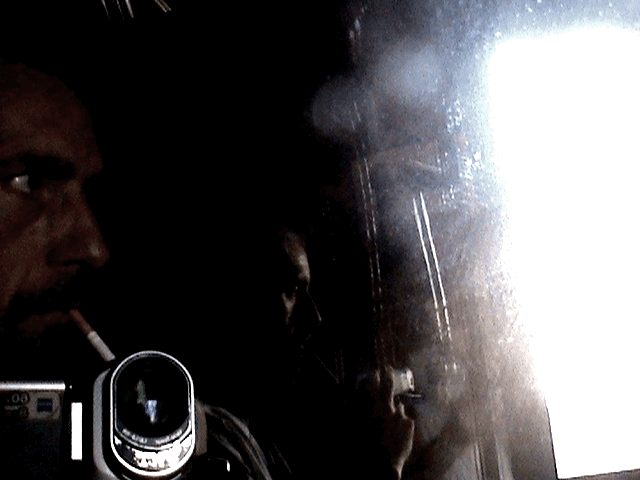
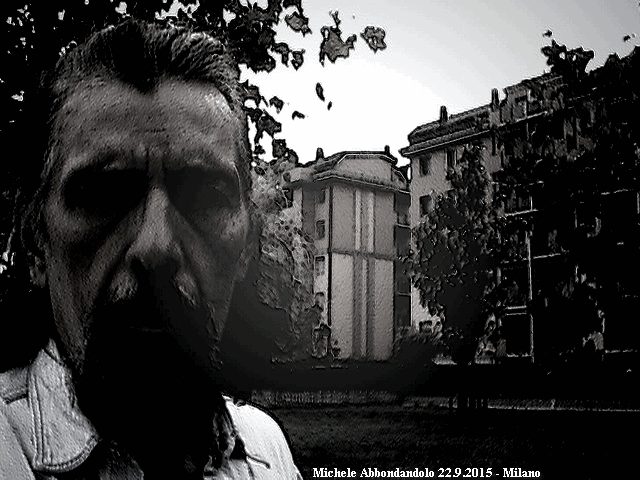
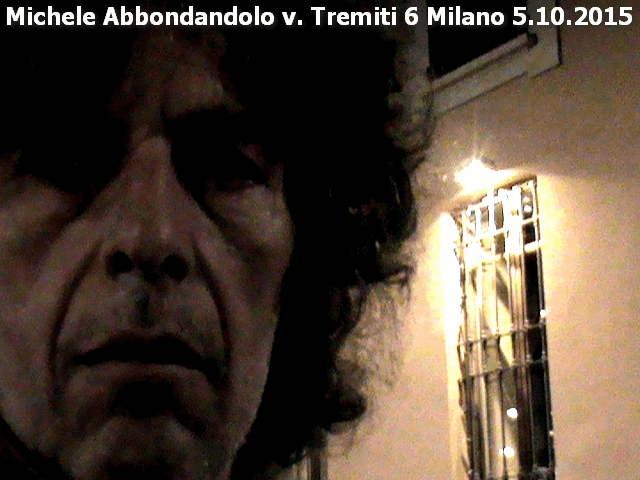
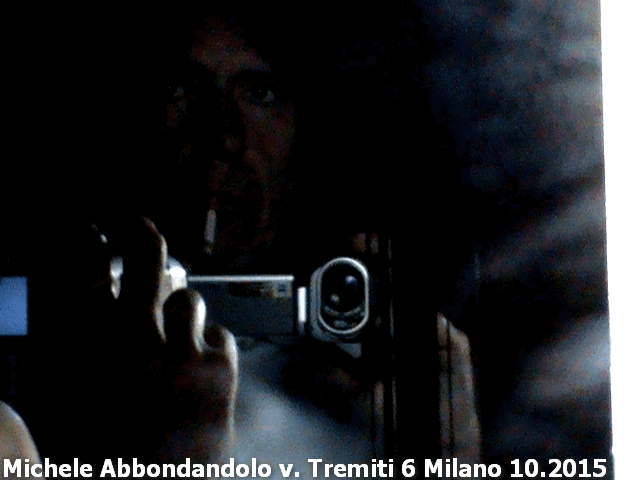

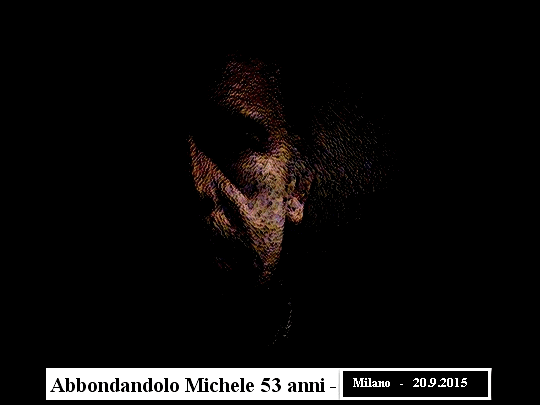
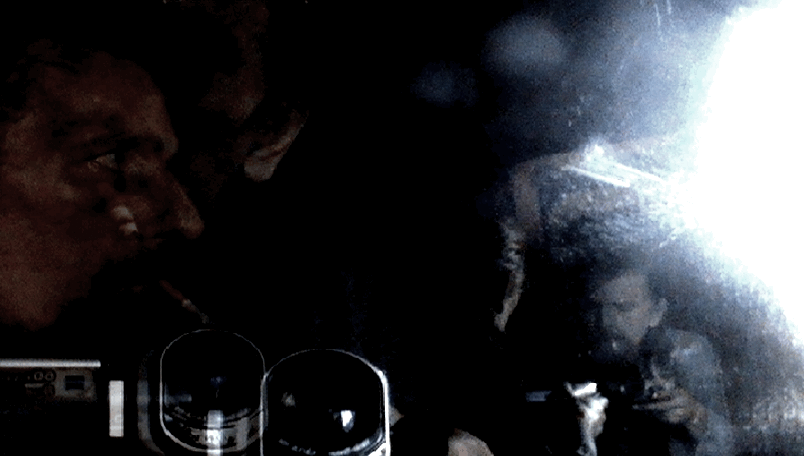

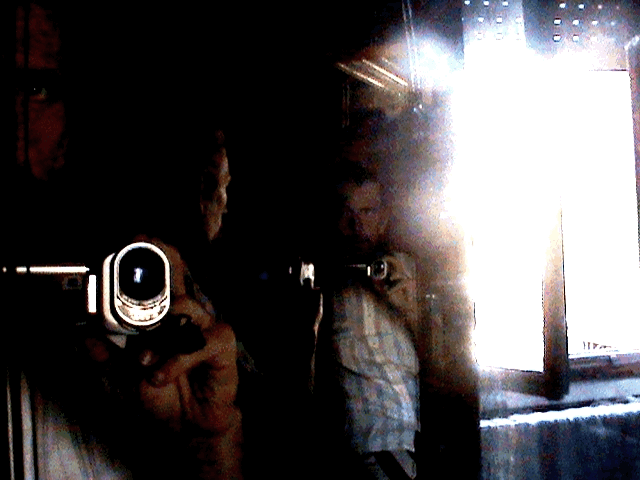
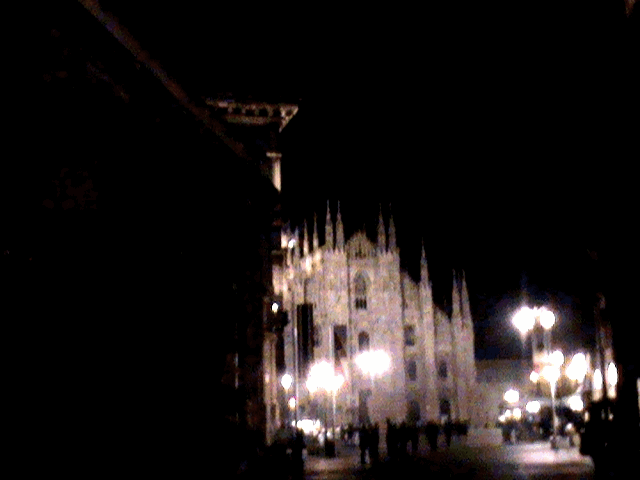
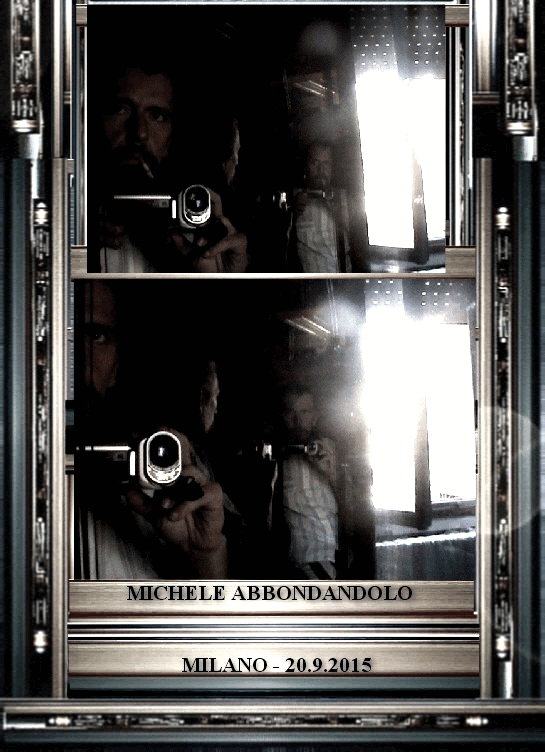




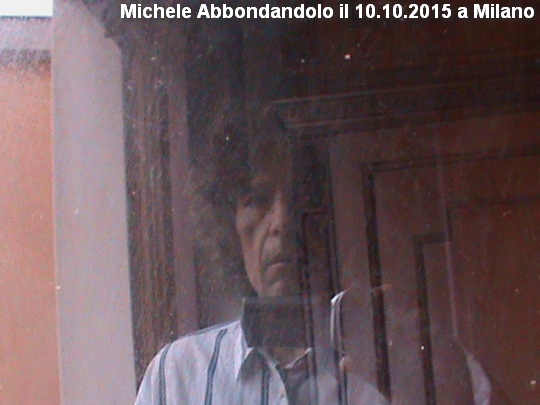



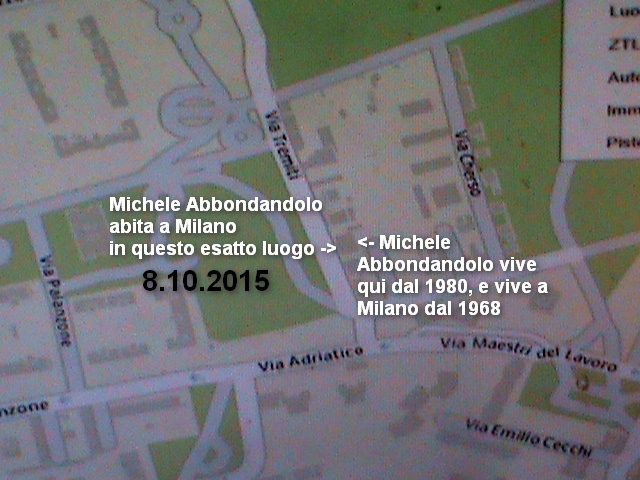
 Dal 2001 bulldog per accoppiare 365 g. su 365 a Milano.
Dal 2001 bulldog per accoppiare 365 g. su 365 a Milano.
 per cui sul sito belle fotografie dei quartieri di Milano dove uso stare.
1) P. Duomo, pure il 24.12 2) altri quartieri di Milano.
per cui sul sito belle fotografie dei quartieri di Milano dove uso stare.
1) P. Duomo, pure il 24.12 2) altri quartieri di Milano.

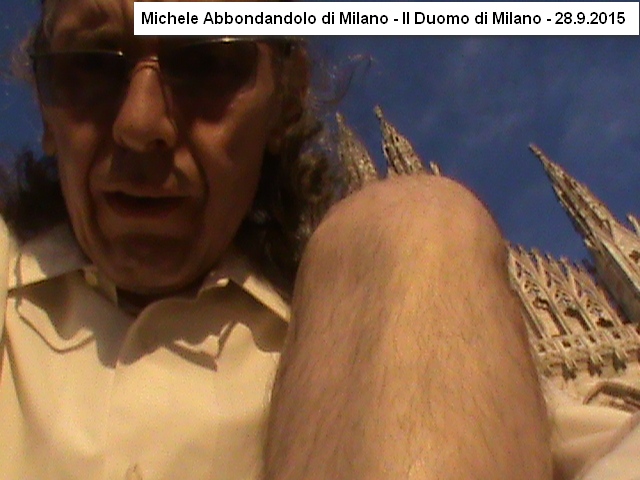


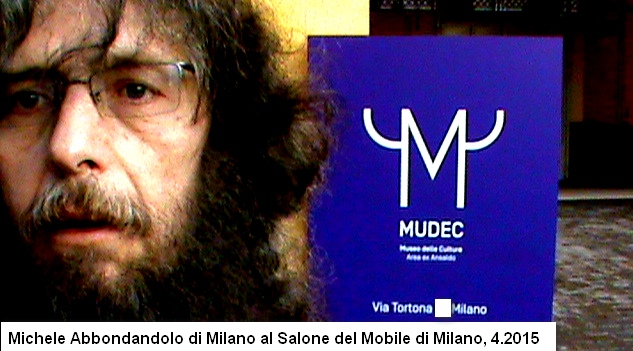

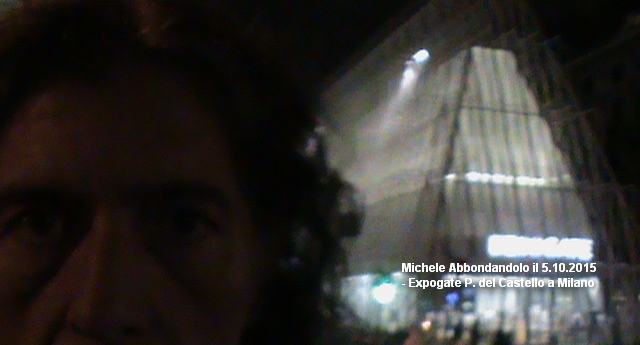









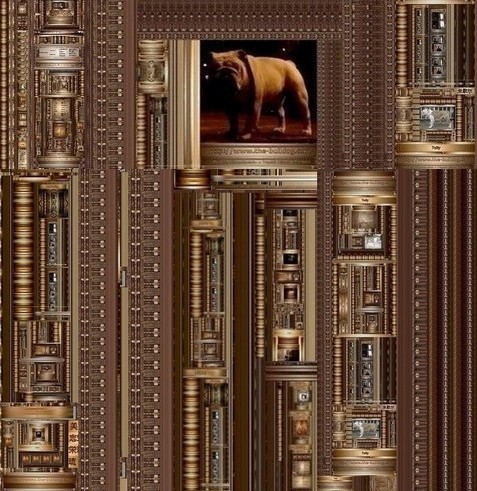


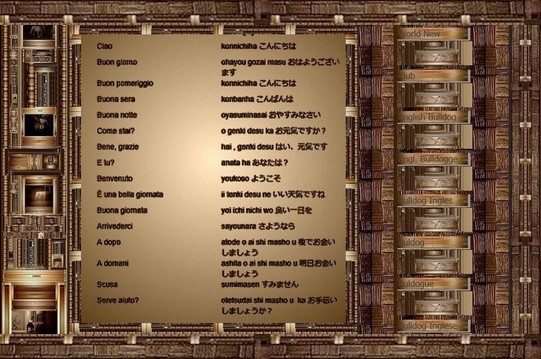

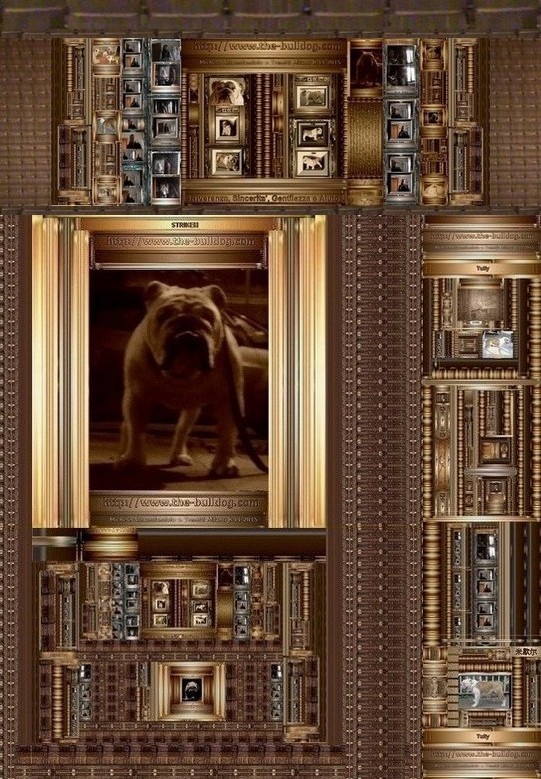
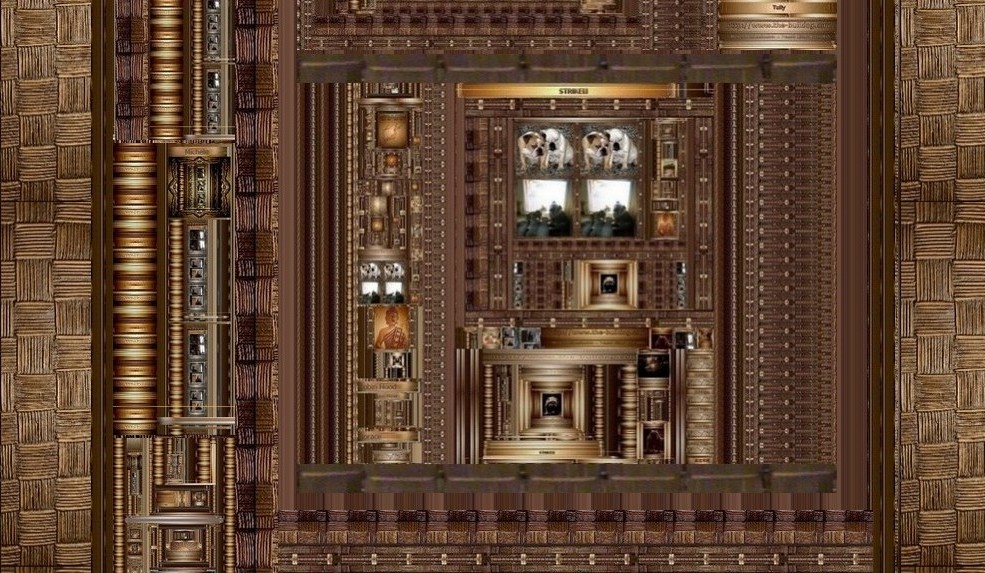
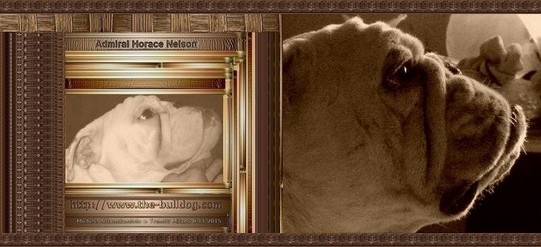
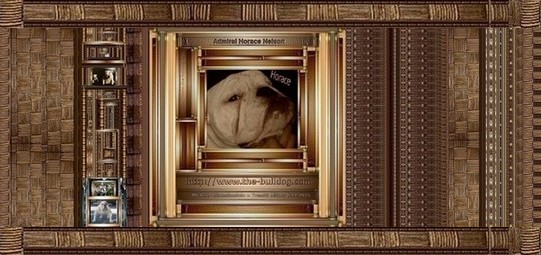
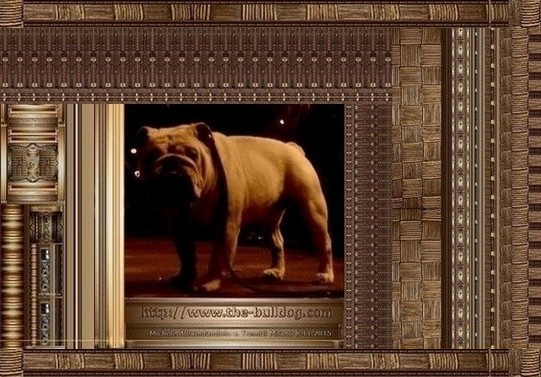




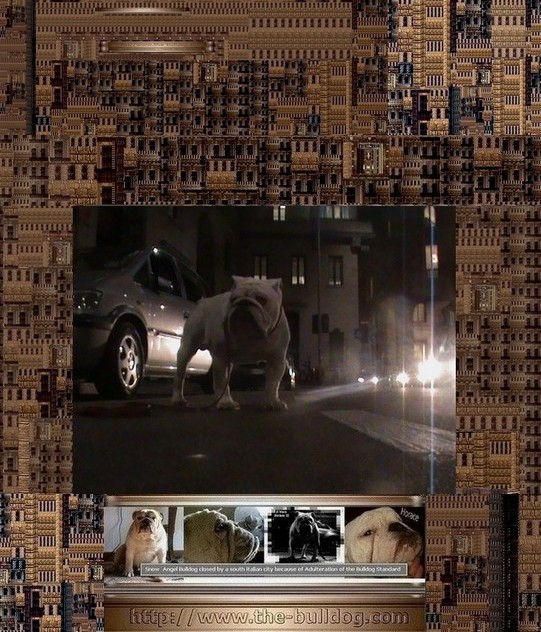
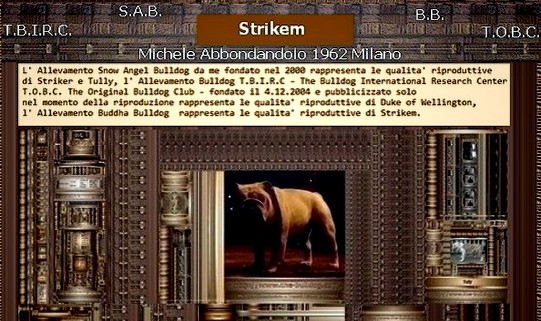 Happy Halleween 2023.
Happy Halleween 2023.


Webmaster Mike Va Ur, July 4, 1962.
- 2023 - Sept - 29.
-
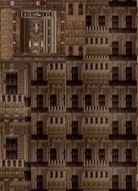
-


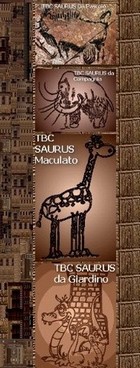
-



 ___Homepage
___Homepage
 ___Languages
___Languages
 ___Mike Va Ur
___Mike Va Ur




- Russian Borzoi
-

- Russian Dogs
-

-



- Chinese Dogs
-

- Chinese Breeds
-

- Chinese Dog
-

- Chinese Dogs
-

- Chinese Breed
-
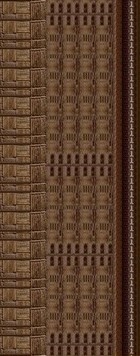
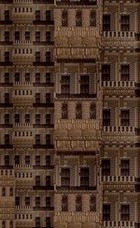
-

- China Dog
-

- Chinese Breedings
-

- China Dogs
-


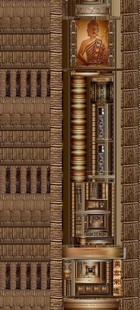

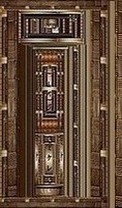
-

- Pug Dogs
-


-

- Breeds From China


-

- Chinese Breed
-

- Chinese Art
-

-

- Original Pug
-

- Guard Dogs
-

- Milano




-




- British Bull

- World News
-

- Club


- Idioma
-

- English Bulldog
-

- Bulldog Ingles
-

- Buldog
-

- Buldogue
-

- Bulldog Inglese
-

- Bulldog Anglais
-

- ___Japam
-

- Abruzzo
-

- Basilicata
-

- Calabria
-

- Campania
-

- Friuli
-

- Emilia Romagna
-

- Lazio
-

- Liguria
-

- Lombardia
-

- Marche
-

- Molise
-

- Piemonte
-

- Puglia
-

- Sardegna
-

- Sicilia
-

- Toscana
-

- Trentino
-

- Umbria
-

- Veneto
-

- Val D'Aosta
-

-


-


-

- Maculato
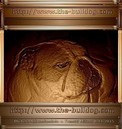
- __Killed by Law
-

- __Zed Garish
-

- the-bulldog.com
-


-

-

- Vuoi il sito?
-

- Robin Hood
-

- Strike
-

- Tully
-

- Jubilant
-

- Winston
-

- Little john
-

- Lord byron
-

- Polly

-
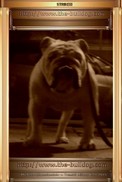
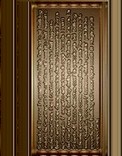
-
Mike Va

-

- ____Grafica

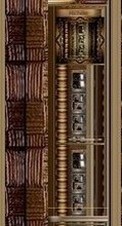 ____Html
____Html